Host: Eric Odum, Net Lease Commercial Advisory
Guest: Architect, Michael Carlson, Michael R. Carlson, AIA, NCARB, LEED AP
Eric Odum: I am Eric Odum from Net Lease Commercial Advisory. Today we have with us is Michael Carlson of Carlson Studio Architecture. Thank you so much for joining us today, Michael.
Michael Carlson: Thank you, Eric.
Eric: Today we are going to talk a little bit about LEED certification. Anybody that is in the commercial real estate game has been to the conferences, has been to various meetings, and has learned about LEED. But they aren’t really sure what LEED is. So, Michael, why don’t you take a little time to explain just exactly what LEED is and why it’s important to know.
Michael: Sure. LEED stands for Leadership Energy Environmental Design. It is a program put out by the US Green Building Counsel, so it is a nationwide program. Anyone can use it throughout the country. It is the same system everywhere. It is third party verified system, third party certification. So what it does is it is a system that you run through that proves that your building is a green building. There is a lot of talk out there in the marketplace about green buildings and you really need a third party certification system to prove that you’re doing what you’re saying you’re doing.
Eric: Absolutely. I understand that you had the highest or longest running LEED building in the State of Florida. Is that accurate?
Michael: We did. We had highest scoring LEED building in the State of Florida from 2005 through a couple of weeks ago in 2009.
Eric: Who knocked you off? You don’t want to say, huh!?
Michael: Uhhh….Willis Smith Construction here in Sarasota knocked us off!!
Eric: Okay, which building was it, by the way?
Michael: The Twin Lakes Office Complex is one of the first projects in the State of Florida to get certified. It got gold certification.
Eric: In Sarasota (Florida)?
Michael: In Sarasota (Florida).
Eric: Okay, very good. In terms of when we are talking about LEED, does this apply to an old building, a new building? If I am a current building owner, does this have any significance to me at all?
Michael: It does, actually. LEED has a lot of significance in the whole built environment so if you are building a new building, you use LEED for new construction. If you have an existing building, an existing commercial building, you use LEED for existing buildings. There is a whole system in place just to help you make your existing building healthier, more energy efficient, and more water efficient. There is also, if you are a tenant, you can use LEED for commercial interior. So, you if are just building out a space inside of another building, use the LEED CI system. There is even a LEED for home system so if you are working on a single family residence, you can do your home as a green home.
Eric: Let’s talk about this because obviously in commercial real estate, everybody wants to be environmentally conscious but it always comes with a cost. What are some of the benefits, some of the savings perhaps, or let’s talk about benefits that if you are getting a LEED certification that an owner, investor or tenant that is a LEED building that might be important to them.
Michael: Sure. There is a McGraw Hill study out now that talks about increased property values and certified buildings are showing an increase in property values from around 3% to 10% higher than comparable buildings in the same market place that aren’t green. Also, for tenant rates, if you are a landlord and you’re trying to keep tenant spaces filled, green buildings have about a 3.5% increase in tenant space occupancy rates.
Eric: And I suppose there are some savings there too and perhaps there an opportunity, depending on who is paying for the electricity – whether it is the tenant or landlord – in terms of energy savings. So what exactly have we found in terms of energy savings with LEED buildings?
Michael: Energy savings is the biggest thing. It really is the thing for buildings. They use a lot of energy; they need to save a lot of energy. LEED requires you to use 15% less energy than a standard building, a standard brand new co-compliance building. But we are seeing energy savings around 30%-40% is really typical for a typical certified building. You can push that up to 50-60-70% if you use some solar panels and do some other things.
Eric: And possibly even 100% I guess if you really wanted to go crazy on it, right?
Michael: You can absolutely get a net zero – that is the term, net zero building that doesn’t use any electricity.
Eric: But the reality is that it is around 30-40% and that in the State of Florida I think we run an average of about $1.50/sf (electric costs per square foot of office space). So we’re talking about a $.50/sf savings off the cost of running the building.
Michael: All the time, month after month, year after year.
Eric: What do you think in terms of…. let’s get into some specific things . Because I know solar, for instance, is an item that not only are we getting savings from, but we are getting tax credits from using solar. I understand that it’s both state and federal – is that true?
Michael: There is; solar power, solar panels, solar voltaic we call them, haven’t had a good return on their investment in the last 20 years. But now there are a couple of state grant programs where you actually get money back from the State of Florida and there is a 30% federal tax credit this year and next year to put solar panels on your project.
Eric: So that is a credit, not a deduction? It is writing it straight off your income tax. Right?
Michael: That is correct.
Eric: Wow! That’s a lot.
Michael: That translates into a return on investment now on solar panels of about 4-5 years. You get all of your money back from your initial investment.
Eric: So your return on capital is essentially a 4-5 year payback period on solar investment.
Michael: Right and those systems are going to last 20-25 years so you’re going to be making a lot of money on those last 15 years.
Eric: Obviously there are some benefits to the tenants as well. We were talking a little bit before, earlier in the day, about productivity gains for the people working inside the buildings.
Michael: There is. In addition to the energy savings and water savings that green buildings have, there’s the idea of having a real healthy interior environment. Green buildings use natural day lighting which really affects how people work and how they perform, how long they can do tasks and all those sorts of things. Productivity is a big thing. You can increase productivity from 5-15% in green buildings and when you take all the salaries of all the people in the building and you can increase their productivity by 10%. That is a huge annual figure.
Eric: You’re saying that natural light is the primary reason behind that? That natural light actually makes people feel better about wanting to stay and work and it makes them healthier? Is that true?
Michael: It does. There are lots of studies on natural light and the positive impact it has. It shortens hospital stays, it does all kinds of great stuff for people that are exposed to natural light. Now, you don’t want the glare and direct sunshine on your desk. It’s not like that. It’s the diffused, natural light that makes you feel better.
Eric: How long have you been dealing with the LEED and the green architectural type of work?
Michael: We’ve been doing it since 2000. When LEED Version 2.0 came out in 2000 we’ve been working with it and we’ve been working with it ever since. We’ve got LEED silver, gold and platinum certified projects and we’ve got many more in the pipeline ready to be certified. So we’ve been doing it a long time.
Eric: Awesome. Let’s try to summarize for people some of the advantages of LEED. We’ve got energy savings which is probably the first and foremost.
Michael: It is…it does a lot for you. It saves you money. Bottom line it saves you money every month.
Eric: So you’re saving money and it’s somewhere between 30-40% (of electric costs). There are tax credits for when we talk about solar. I think there is wind, but maybe in the State of Florida wind’s not a good example.
Michael: Wind isn’t very viable in Florida but in other states, tax credits apply to wind and to any renewable energy source; whether it’s solar, wind or geothermal. Solar hot water is another good thing in Florida that we can use.
Eric: We’ve got tax credits and you also talked about productivity. So we’ve got energy savings, tax credits and productivity. So when you are trying to make a determination whether you are going to do a LEED project, it really comes down to, and this is where most real estate folks are going to put the pencil to the paper and see if it really makes sense. There are definitely some compelling arguments where it makes sense to me that maybe a building owner, whether they have a new building or they are renovating a building, should at least sit down and consider some of these items.
Michael: They should because you should really consider what things cost you and sophisticated developers understand that. It may make sense to spend 2, 3, 4, or 5% more in construction because the payback is much, much greater than that. So you look at the life cycle cost analysis. You get a good design team involved and you look at the real cost of things over time – not just the first cost of things.
Eric: Terrific. Well, Michael, thanks so much for coming today. We really appreciate you and your input. Hopefully you will continue to have great success in the field. I know you have won a ton of awards and it sounds like you are in position for the next generation. We really appreciate your time today. Thank you very much.
Michael: Thank you.
For More Information:
Michael Carlson
www.carlsonstudio.org
941.362.4312
or
Eric W Odum
www.roireal.estate
813.514.1070


